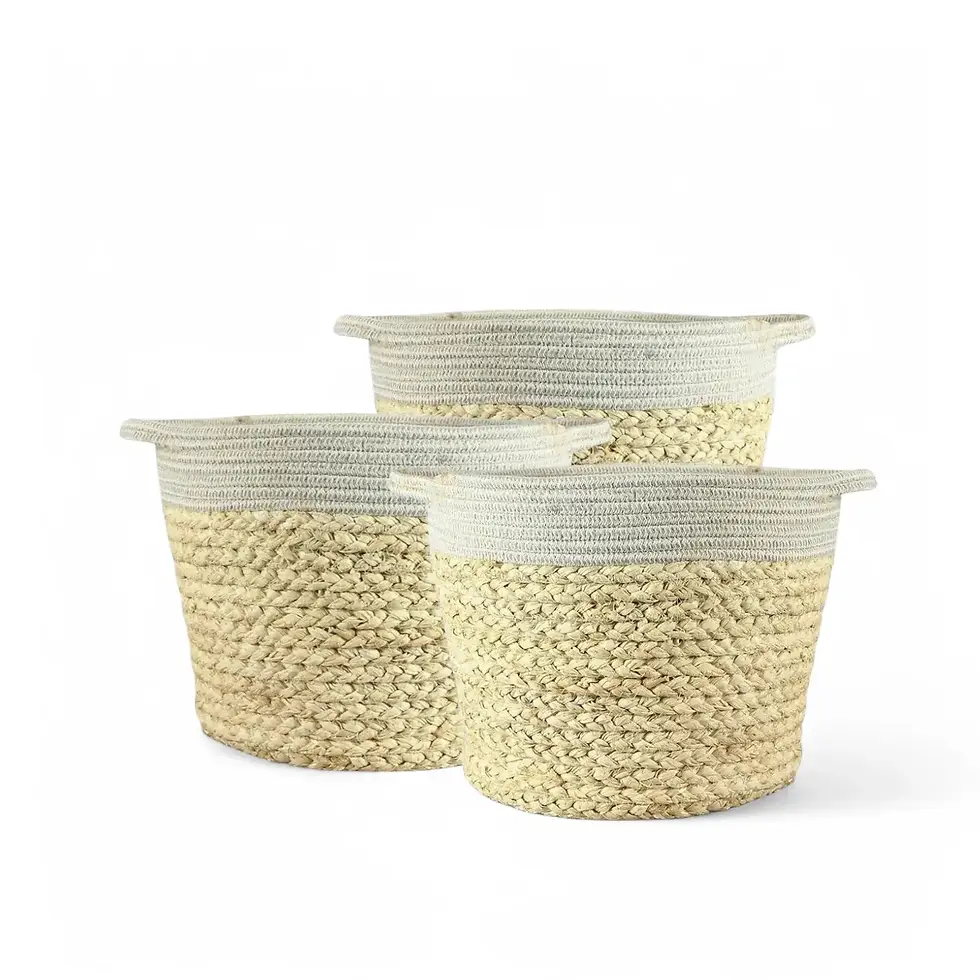Anthurium bakeri - The Tropical Charm Your Space Deserves
Bring home the exotic beauty of Anthurium bakeri, a houseplant admired for its slender, lance-shaped leaves and effortless elegance. Native to tropical rainforests, this plant’s foliage can grow up to 55 cm long, showcasing a smooth matte finish and subtle reddish-brown patterns on its underside.
Compact and upright, Anthurium bakeri is a perfect choice for plant enthusiasts who want a manageable, stylish green companion. Its creamy-white spadices and pale yellow-green spathes, tinged with purple at times, add a tropical flair. Vibrant red berries appearing on mature plants complete the plant's unique aesthetic, making it an attractive centerpiece in any indoor jungle.
What Makes Anthurium bakeri Unique
- Striking Foliage: Long, narrow leaves with a matte finish and intricate markings.
- Compact Size: Upright stems make it suitable for tabletops and smaller spaces.
- Tropical Blooms: Creamy-white spadices and pale green spathes with subtle purple accents.
- Decorative Berries: Bright red fruits that add seasonal interest and a tropical touch.
- Low Maintenance: Adaptable to indoor conditions with minimal effort.
Anthurium bakeri’s Natural Habitat and Adaptability
Anthurium bakeri originates from the rainforests of Mexico, Central America, and northern South America, thriving in humid, shaded environments at altitudes of 200-1900 meters. This epiphytic plant grows by anchoring to trees, absorbing moisture and nutrients from its surroundings. Its adaptability to diverse conditions makes it an excellent choice for indoor cultivation.
- Growth Habit: Upright and compact, with slender roots and a tidy form.
- Indoor Size: Grows up to 55 cm in height with a spread of 20-25 cm.
- Toxicity: Anthurium bakeri contains calcium oxalate crystals, mildly toxic to pets and humans. Keep out of reach of children and animals.
- Lifecycle: Perennial, producing foliage and flowers year-round in ideal conditions.
How to Care for Anthurium bakeri
Caring for Anthurium bakeri is straightforward, making it a great addition to your plant collection:
- Placement: Bright, indirect light is ideal. Avoid direct sunlight, which can scorch the leaves.
- Light: Anthurium bakeri thrives in medium to bright filtered light tolerates lower light but grows slower.
- Watering: Keep the soil consistently moist, allowing the top layer to dry slightly between waterings. Overwatering can lead to root rot.
- Humidity: Prefers high humidity levels (60-80%). Group plants together or use a humidifier to maintain optimal levels.
- Temperature: Enjoys warm conditions between 18-25°C. Protect from drafts or temperatures below 15°C.
- Soil: Use a well-draining, airy potting mix (e.g., orchid bark, coco coir, perlite).
- Repotting and Pot Choice: Repot every 2-3 years or when roots outgrow the container. Use a shallow pot with excellent drainage.
- Fertilizing: Feed every 4-6 weeks with a diluted, balanced fertilizer during the growing season. Avoid over-fertilizing.
- Propagation: Best propagated by division during repotting. Look for clumps with healthy roots and separate carefully.
- Hydroponics and Semi-Hydroponics: Adapts well to semi-hydroponic setups.
- Pruning: Regularly remove yellowing or dead leaves to maintain health and appearance.
Anthurium bakeri - Common Challenges and Solutions
Although Anthurium bakeri is resilient, occasional issues may arise. Here’s how to address them:
- Pests: Vulnerable to spider mites, mealybugs, and thrips. Clean leaves regularly and treat infestations with neem oil or insecticidal soap.
- Root Rot: Caused by overwatering or poor drainage. Ensure the soil drains well and avoid waterlogged conditions.
- Leaf Problems:
- Yellowing Leaves: Often due to low humidity or nutrient deficiencies. Increase humidity and consider a balanced fertilizer.
- Brown Leaf Tips: Caused by salt buildup or low humidity. Flush the soil occasionally and maintain adequate moisture.
- Drooping Leaves: Indicates watering issues or temperature stress. Check the soil moisture and ensure a consistent temperature.
- Fungal Issues: High humidity may encourage fungal growth. Improve air circulation and use fungicide if necessary.
- Stunted Growth: Often due to insufficient light or compacted roots. Adjust lighting conditions and repot when necessary.
Additional Insights for Thriving Growth
For a creative display, consider mounting Anthurium bakeri on a bark slab or moss pole to mimic its natural epiphytic growth. Its compact size makes it ideal for terrariums, where consistent humidity and filtered light can help it thrive. Supporting its upright growth with a gentle stake can also enhance its appearance as it matures.
Etymology and Discovery
The name Anthurium combines the Greek words anthos (flower) and oura (tail), a nod to its tail-like spadix. Anthurium bakeri honors John Gilbert Baker, an influential English botanist. Sir Joseph Dalton Hooker first described this species in 1876 in the Botanical Magazine.
FAQs about Anthurium bakeri
- What type of environment does Anthurium bakeri prefer indoors?A bright spot with filtered light, high humidity, and consistent warmth mimics its natural rainforest habitat.
- Can Anthurium bakeri tolerate lower humidity?While it prefers high humidity, it can adapt to average indoor levels if grouped with other plants or placed near a humidifier.
- How do I encourage Anthurium bakeri to flower?Ensure bright, indirect light, consistent watering, and monthly feeding during the growing season to promote flowering.
Order Anthurium bakeri Today!
Transform your indoor space with the refined beauty of Anthurium bakeri. Order now and enjoy its tropical elegance all year round!
Anthurium bakeri
Anthurium bakeri comes in following sizes:
Baby Plant – is approximately 15 cm tall and comes in a ⌀ 6 cm pot
M – is approximately 35 cm tall and comes in a ⌀ 12 cm pot
L – is approximately 50 cm tall and comes in a ⌀ 15 cm pot























































